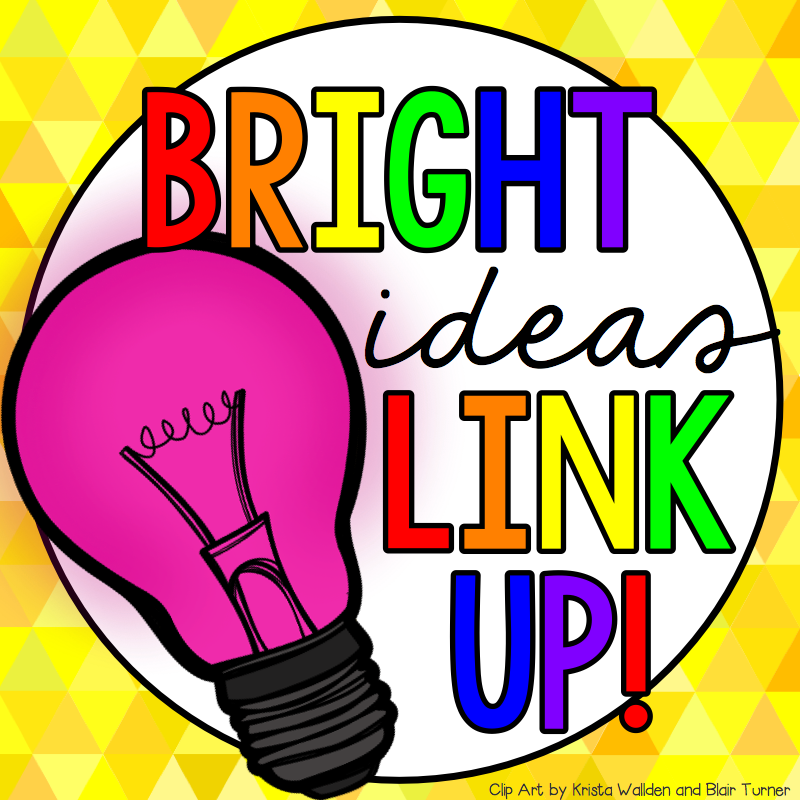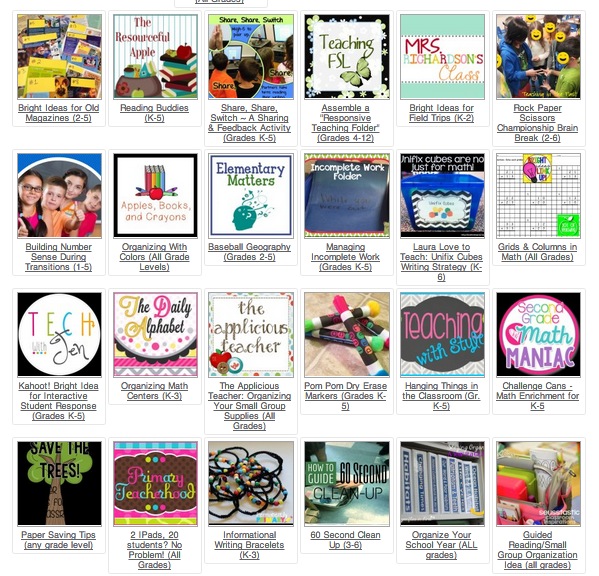Sometimes an “I don’t know” comes from a child waving his or hand wildly, desperate to be called on, only to be at a loss for words once acknowledged. Sometimes you hear “I don’t know” because the child is shy, embarrassed to talk, or unsure of the answer. And sometimes “I don’t know” is said when a child is frustrated or disinterested and just doesn’t want to engage.
One secret I’ve learned is that kids usually do know something about the topic that they’re willing to share: you just have to jog their memory and help them respond with confidence. If you can get students to say something, you can guide them to figure out the answer.

So how do you get them talking? I learned years ago from an education professor that an encouraging smile and one simple phrase often does the trick:
If you did know, what would you say?
It sounds like a trick question, but you will be amazed at how well this works! The student is no longer under pressure to come up with a correct response right away, and instead can remove him or herself from the situation and think hypothetically.
Many times, kids will actually respond to you with the correct answer! They knew it all along, but were afraid to say it and second-guessing themselves.
Other times, they respond with, “I dunno, maybe I’d say something about ___” or “I’d probably say ___, but I don’t know ___.” Both of those responses give you valuable insight into kids’ thought processes and give you something to work with. You can then say, Tell me more about that or What else do you know about that? You can also follow up with topic-specific questions, providing some of the missing information or vocabulary the child needs to put the pieces of the puzzle together.
Variations on this include:
- I understand you don’t know. What would you say if you did know?
- What part do you know for sure?
- Pretend you had a choice of answers: which one would you pick?
- What would be your best guess if you did know?
- What are the possibilities?
- If you did have an idea, what would it be?
I’d love to hear how you respond when students say “I don’t know”–please share your strategies in the comments. And if you haven’t tried the responses in this post, give one of them a shot with your students this week and let us know how it goes!

For more bright ideas from 150 different bloggers, please browse through the link-up below and choose a topic that interests you. What makes this link-up unique is that none of these posts have products or printables of any kind, just practical classroom solutions. The grade levels for each are listed in the post titles. Enjoy!

Angela Watson
Founder and Writer
Discussion
Leave a Reply
OR

Join our
community
of educators
If you are a teacher who is interested in contributing to the Truth for Teachers website, please click here for more information.

















Great ideas!
I don’t let my students off the hook with “I don’t know” either but I usually just give a ton of thinking time while we wait for them to form their thoughts. These are a great way to help guide them toward confident sharing!
Also, one strategy I’ve learned from GLAD training is to give them think-pair-share time first, which also helps build confidence.
Thanks so much!
Great points, TammyLynn! Never underestimate the power of wait time! I also like your tip about allowing students to gain confidence in their answer by talking it over with a partner before sharing it with the whole class.
Oh my goodness! “What would you say if you DID know?” – that is so genius! I am going to try that one on Monday – can’t wait! 🙂
Susanna
Let us know how it goes, Susanna!
Great suggestions. I had not previously thought of many of these responses but I wish I was still in the classroom so I could try them.
@apasseducation
Clever! I can’t wait to try it on my kidd
I’ve heard this from Ellin Oliver Keene at the IRA conference in Chicago a couple of years ago. It inspired me to read her book – TALK ABOUT UNDERSTANDING: RETHINKING CLASSROOM TALK TO ENHANCE UNDERSTANDING. She also has a DVD included with that book and shows one instance of this type of talk. It really gets the kids talking. I’ve tried it with my 7th graders, and they giggle, not knowing if I’m serious or not, and I wait, giving them time. They do come up with answers!
Joy,
I thought of thie same presentation by Ellin! She was GREAT and impacted the way I think about this response from kids. Ellin will be in Skokie this summer, if you are in the area.
Kellie
I’m not a teacher, but I do work with students. I don’t know if this might be stupid, but I usually try to get them laughing and also challenge them to start talking by offering silly options. Like “Well…. Is it a banana?” And they’ll say “NOOOOO!!!” Okay so that’s something they know— that it’s NOT a banana. And then words start pouring out of them to explain what IS it (actually in this case it’s signs that pour out of them, cause I work with Deaf kids)